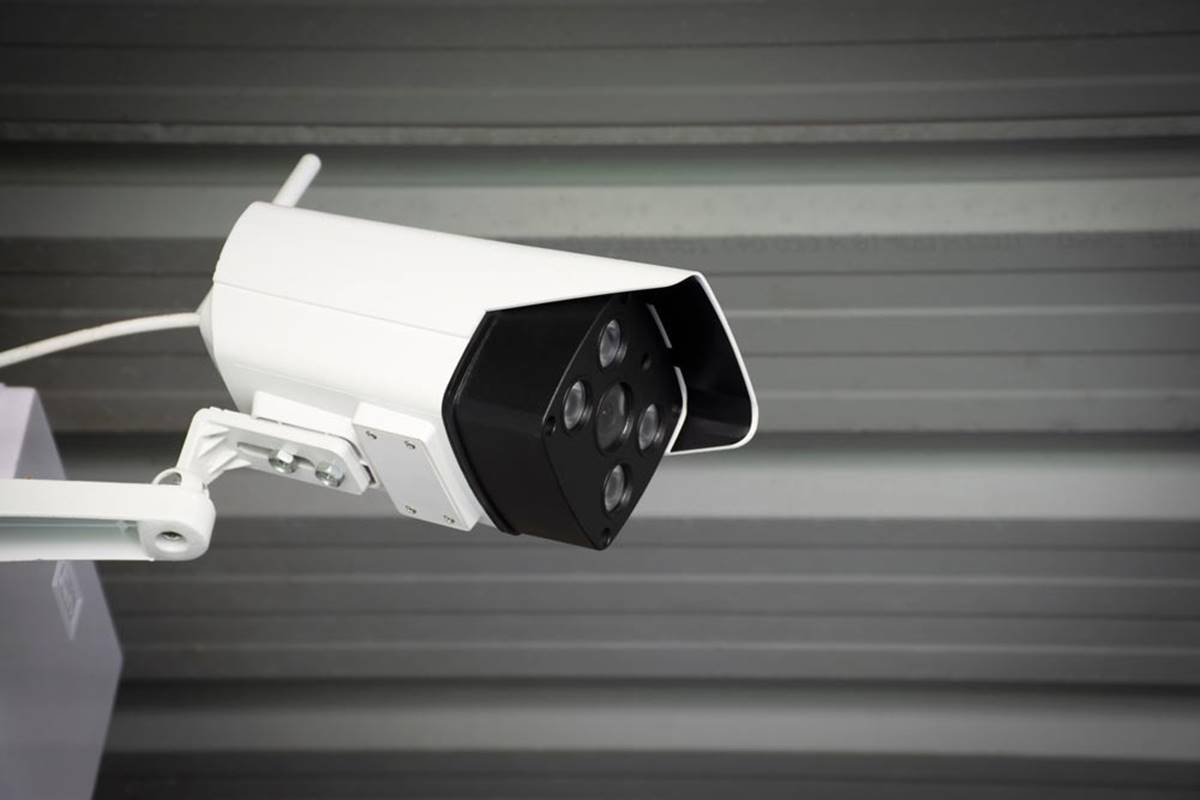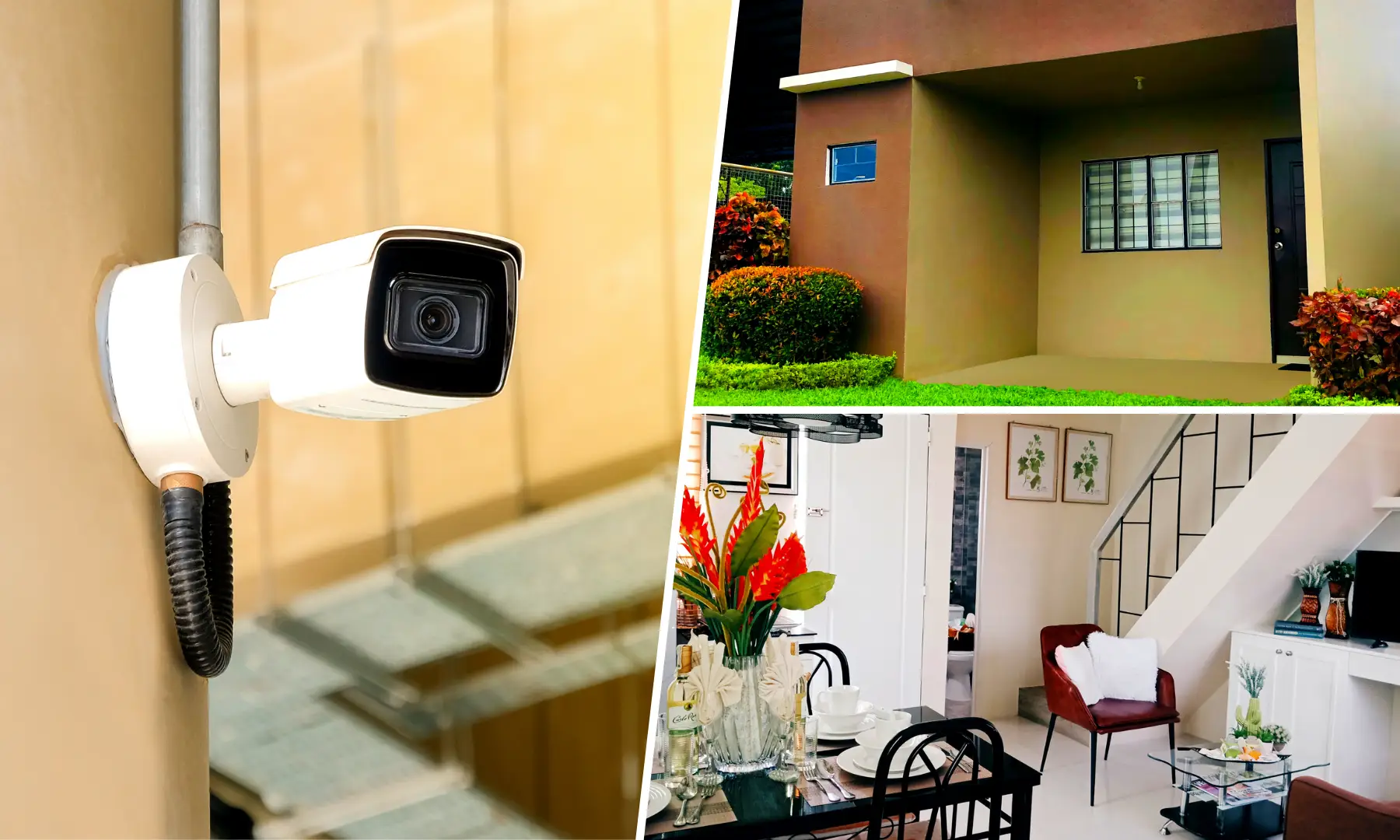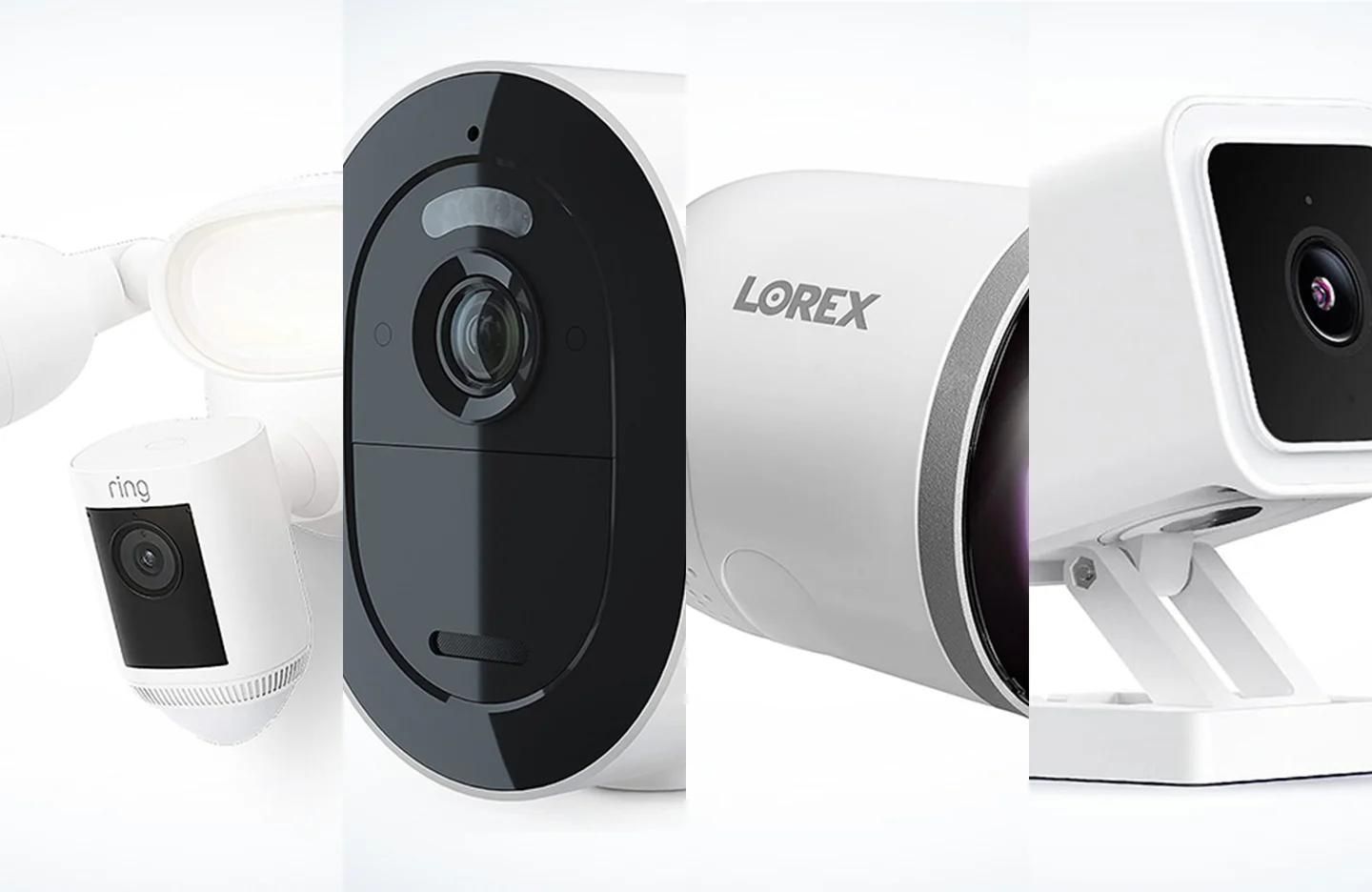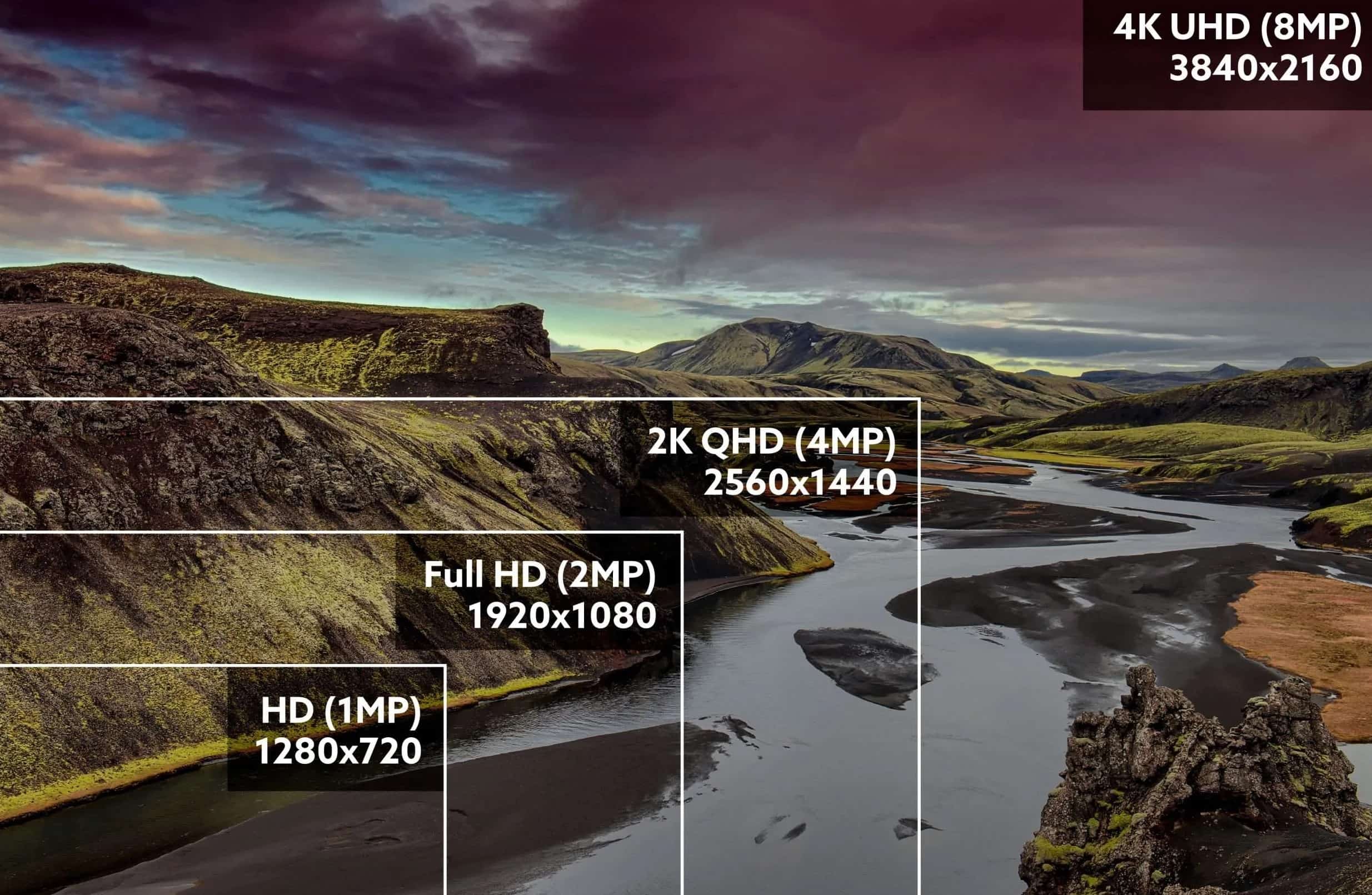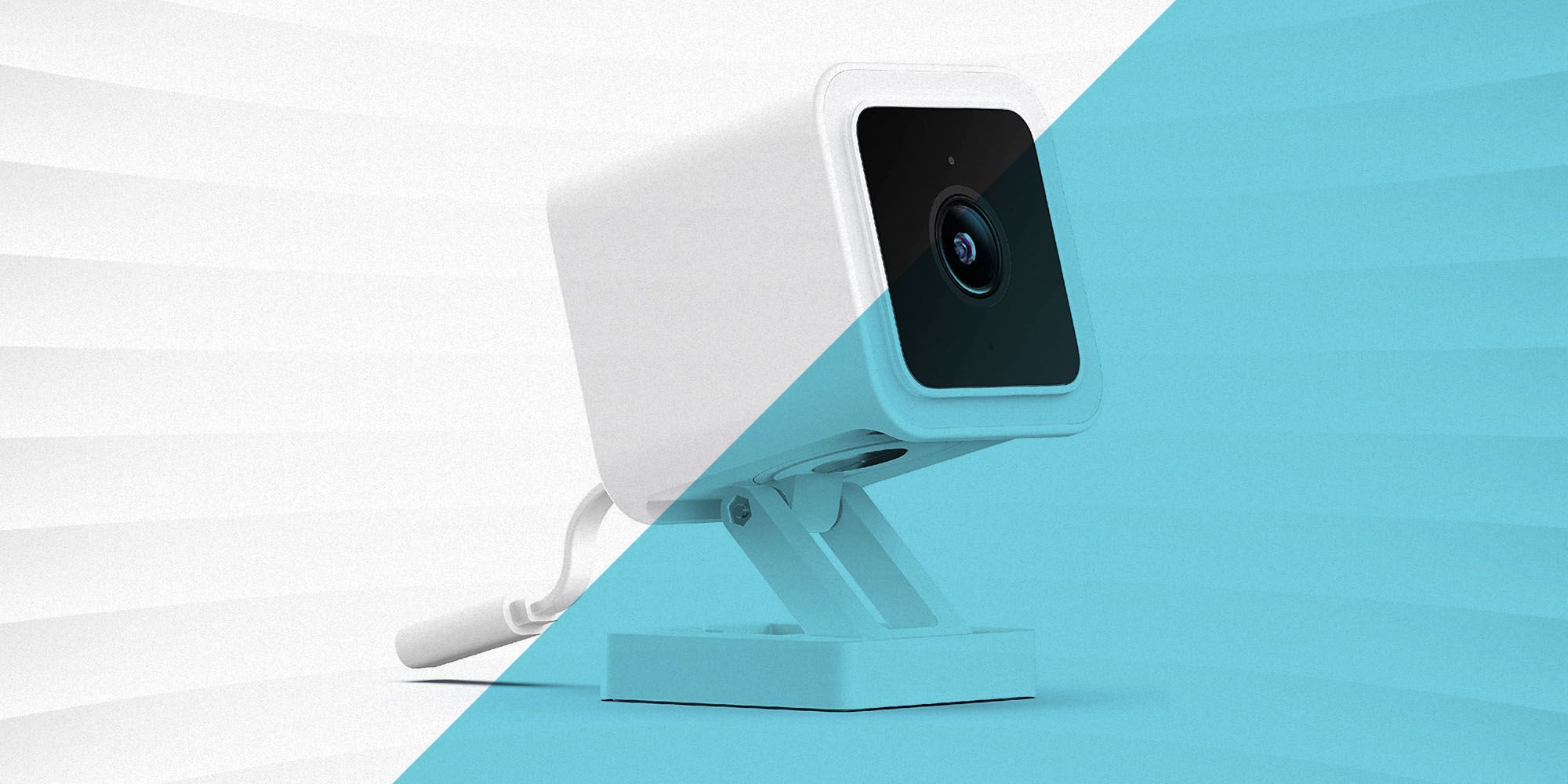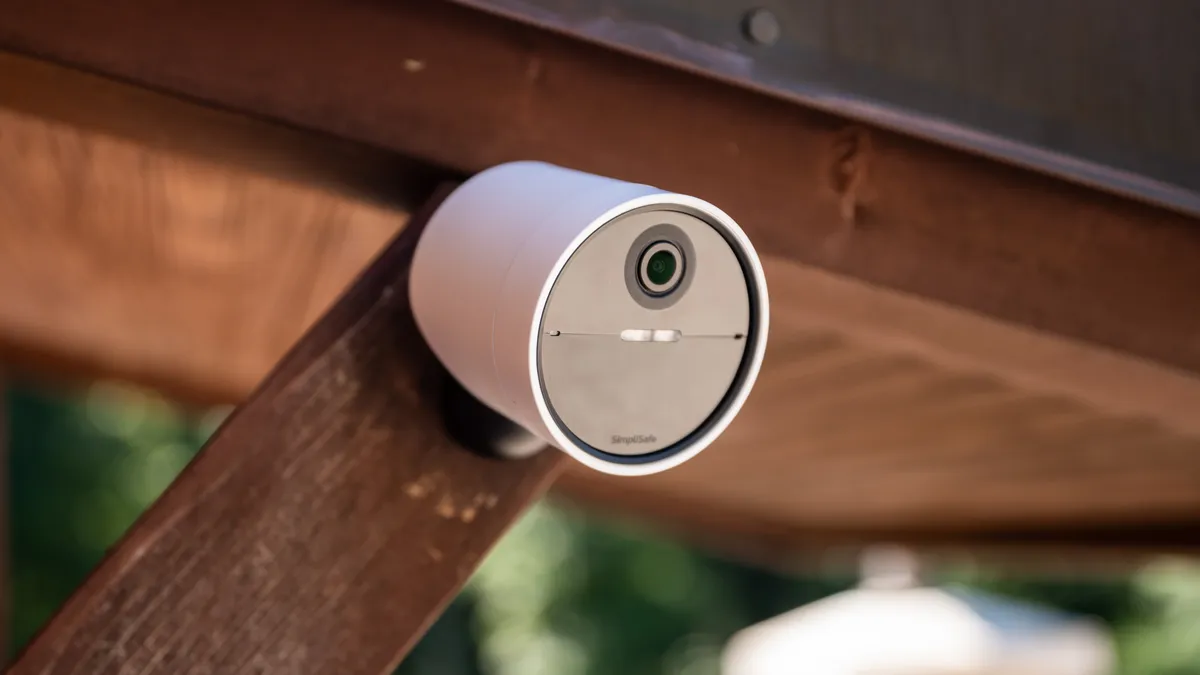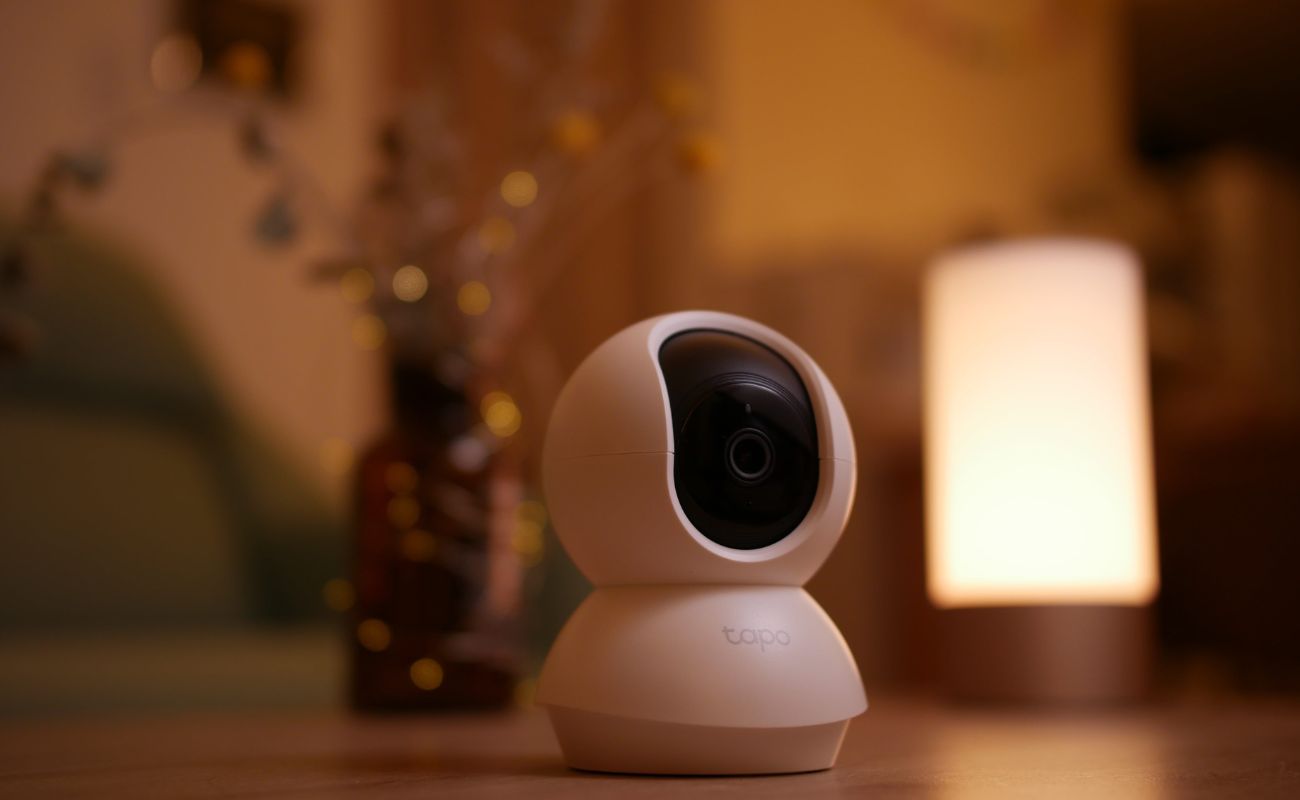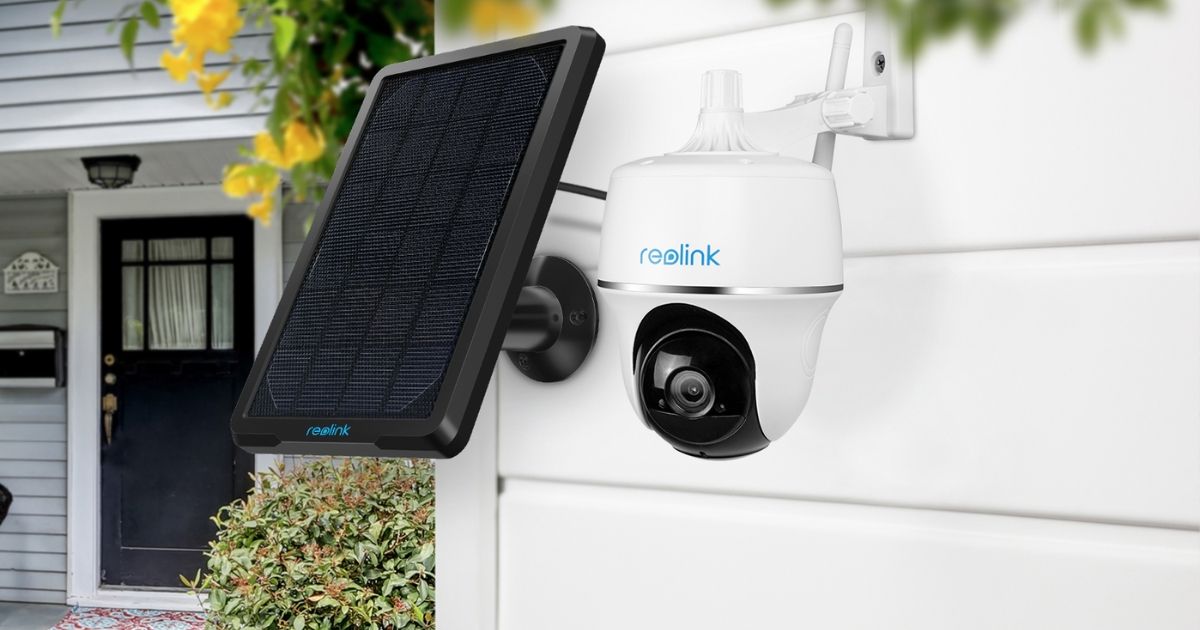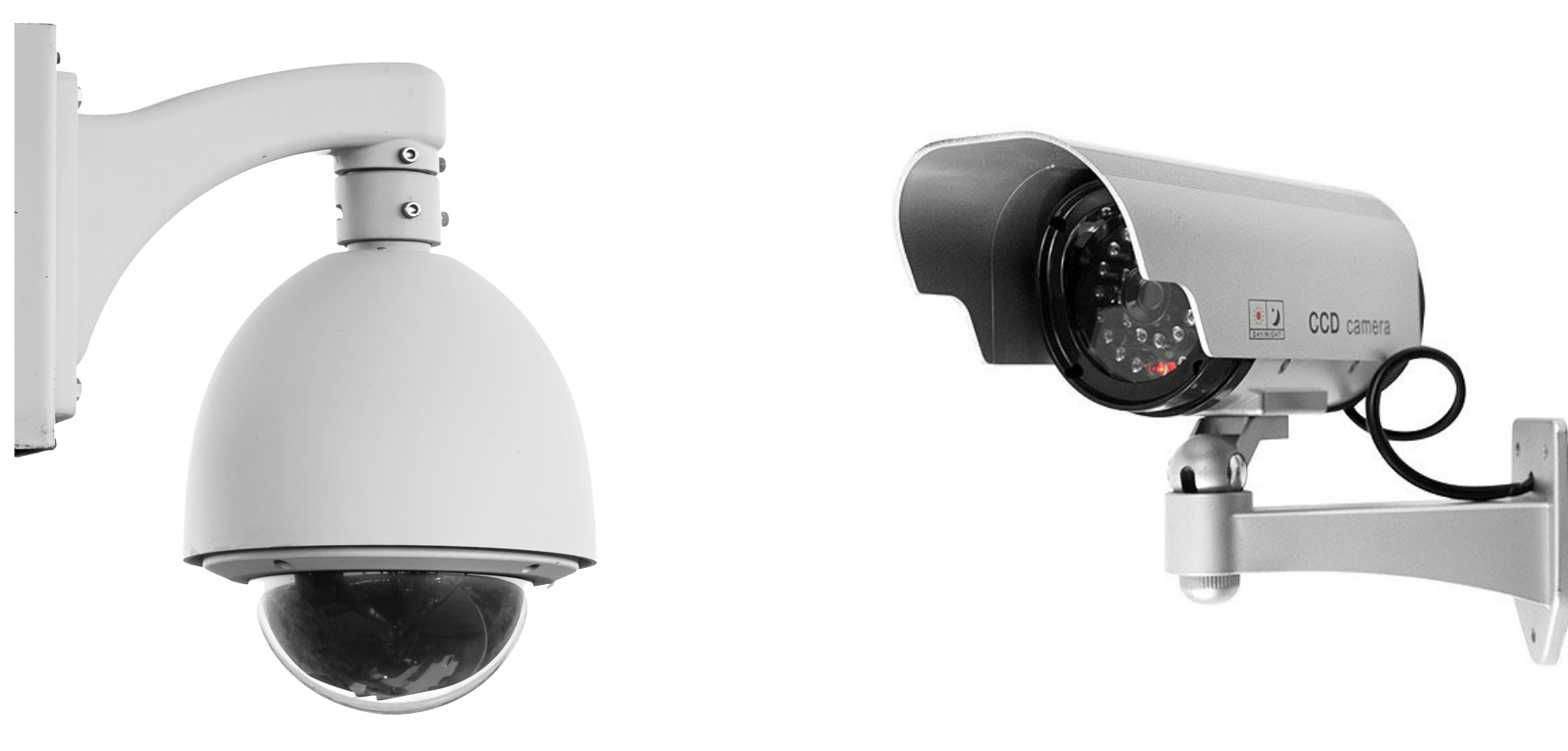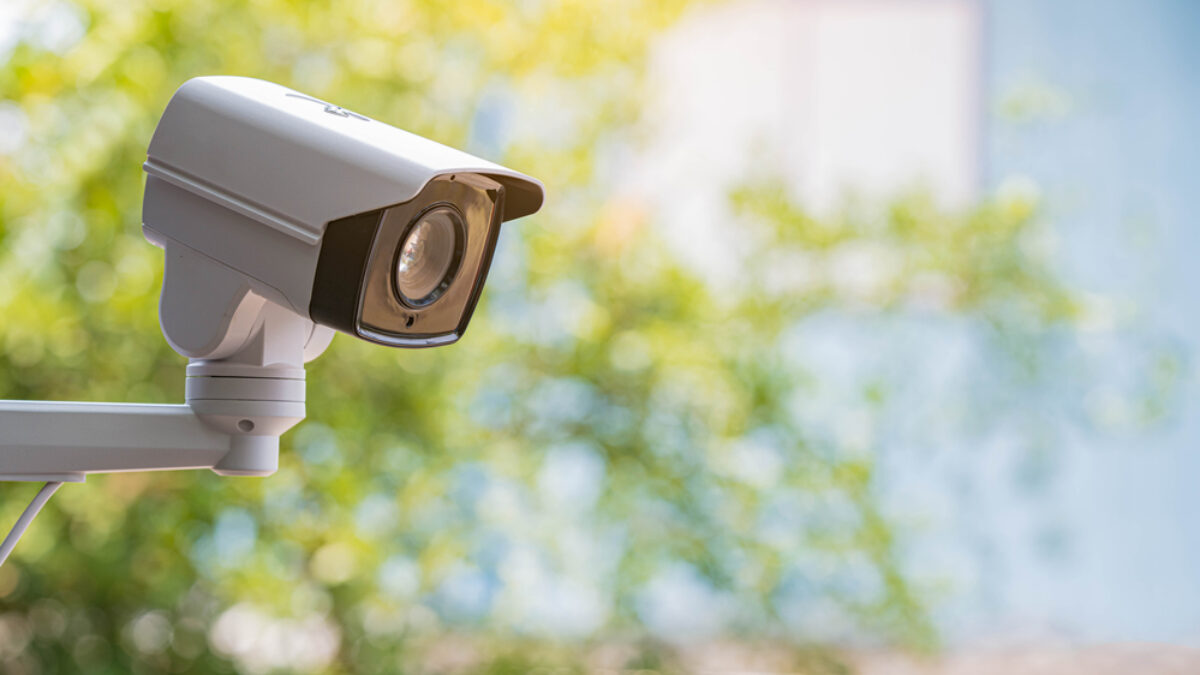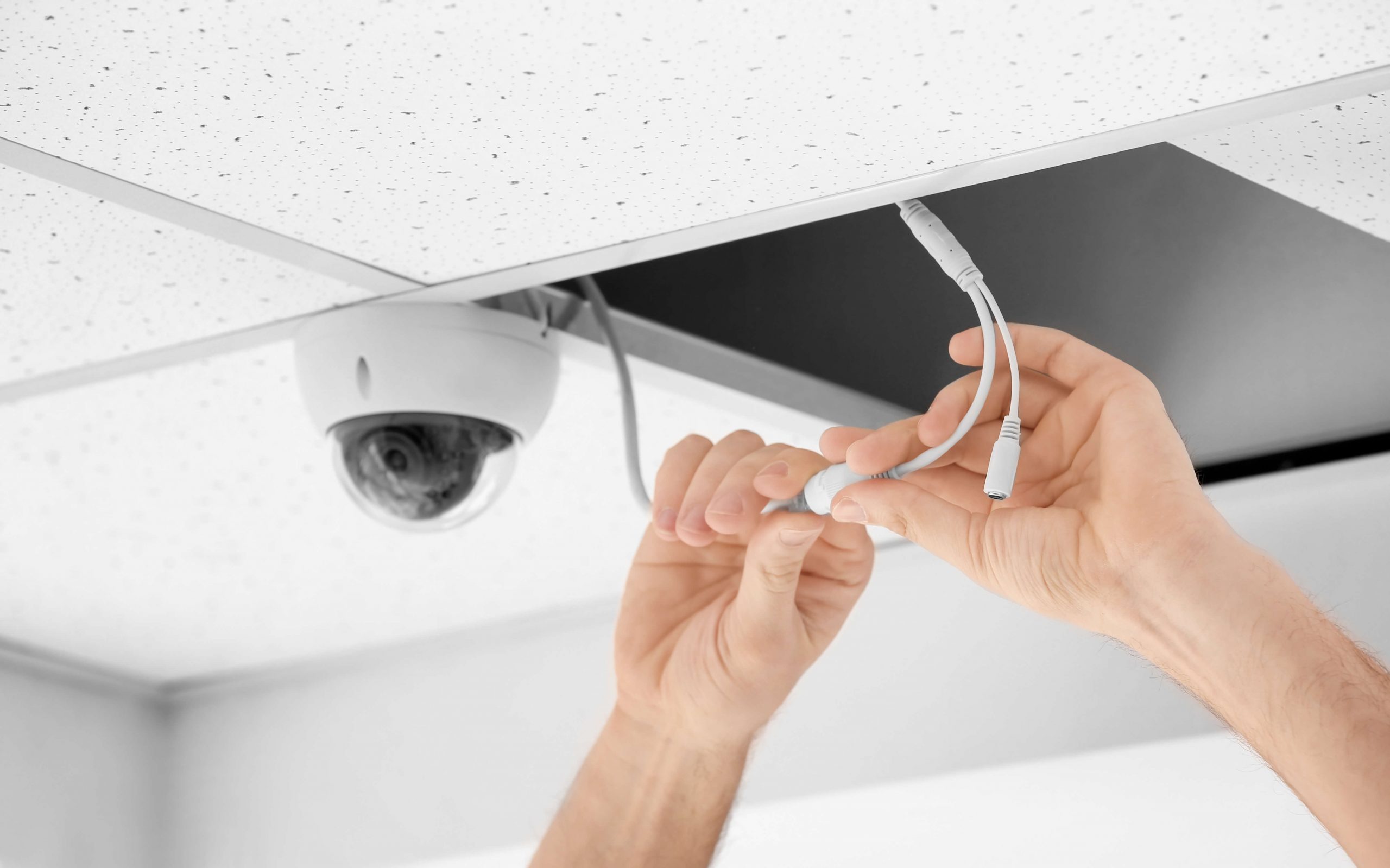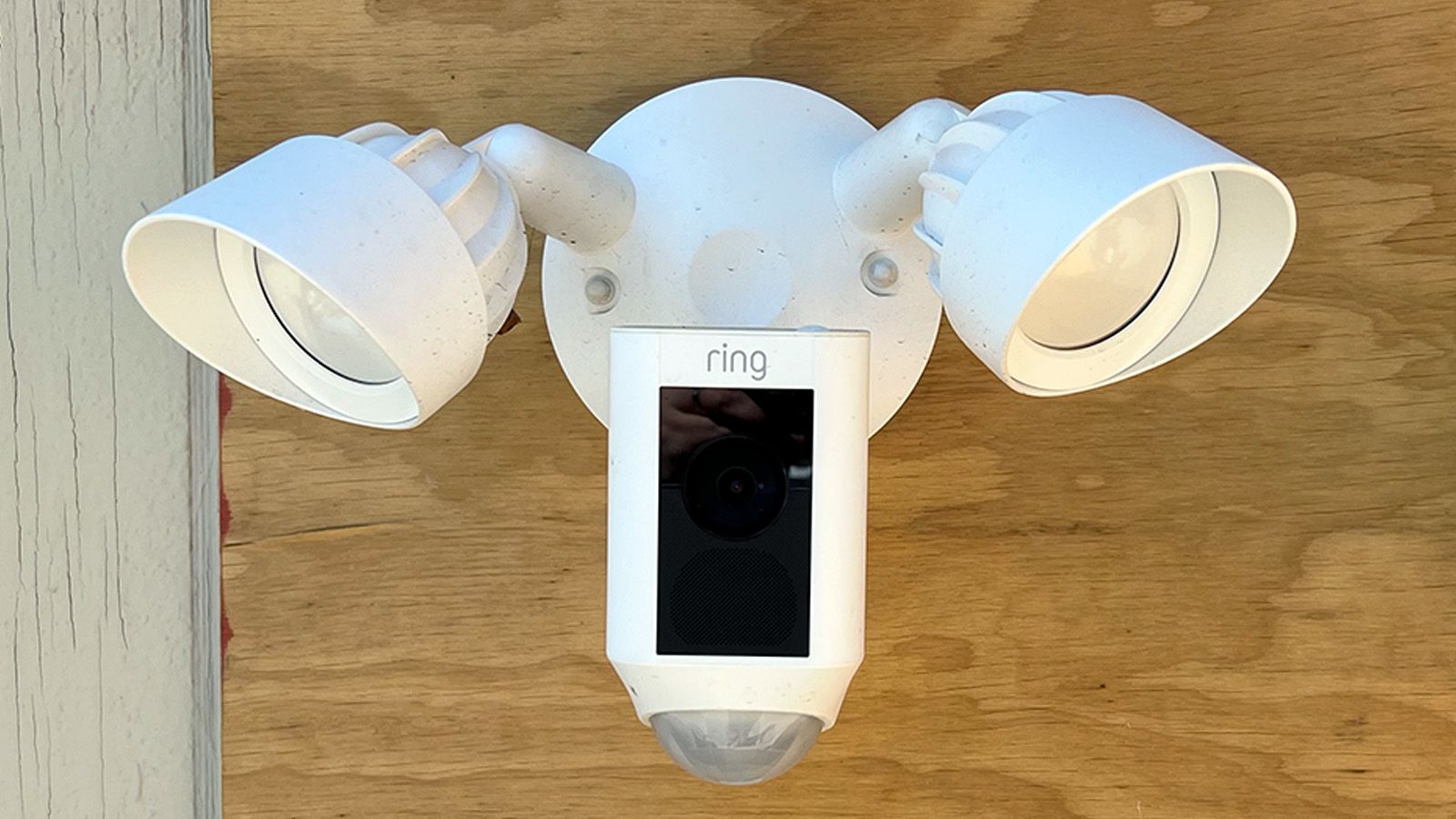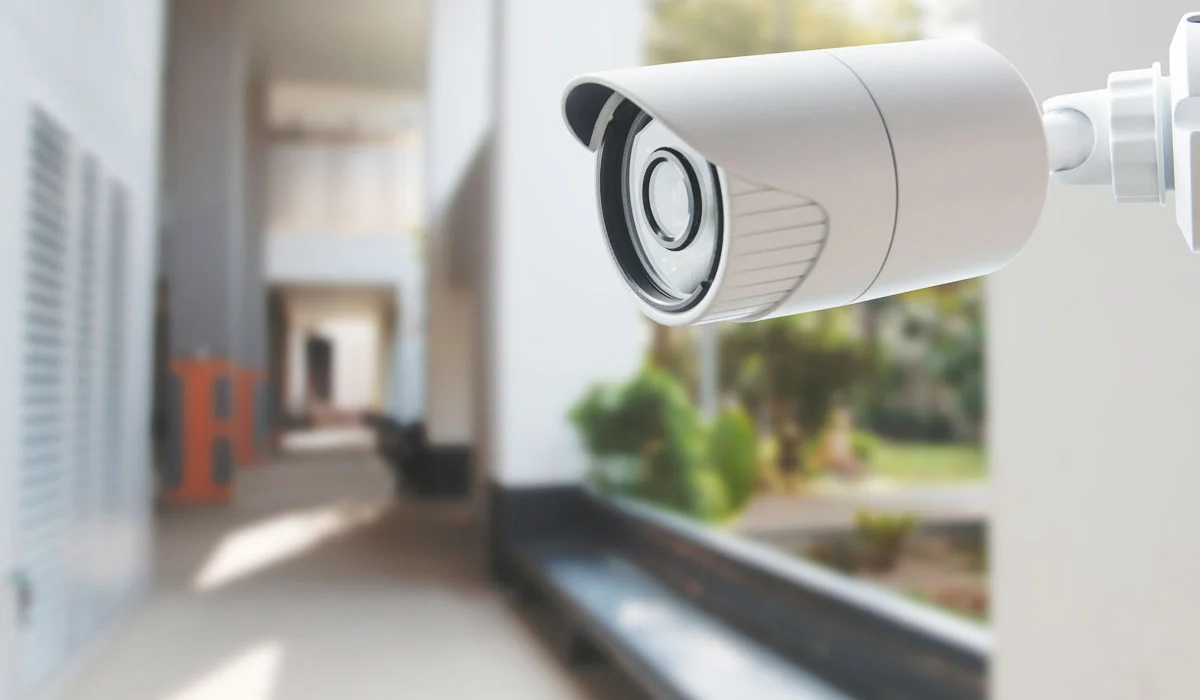Home>Home Security and Surveillance>What Is The Best Home Security Camera System
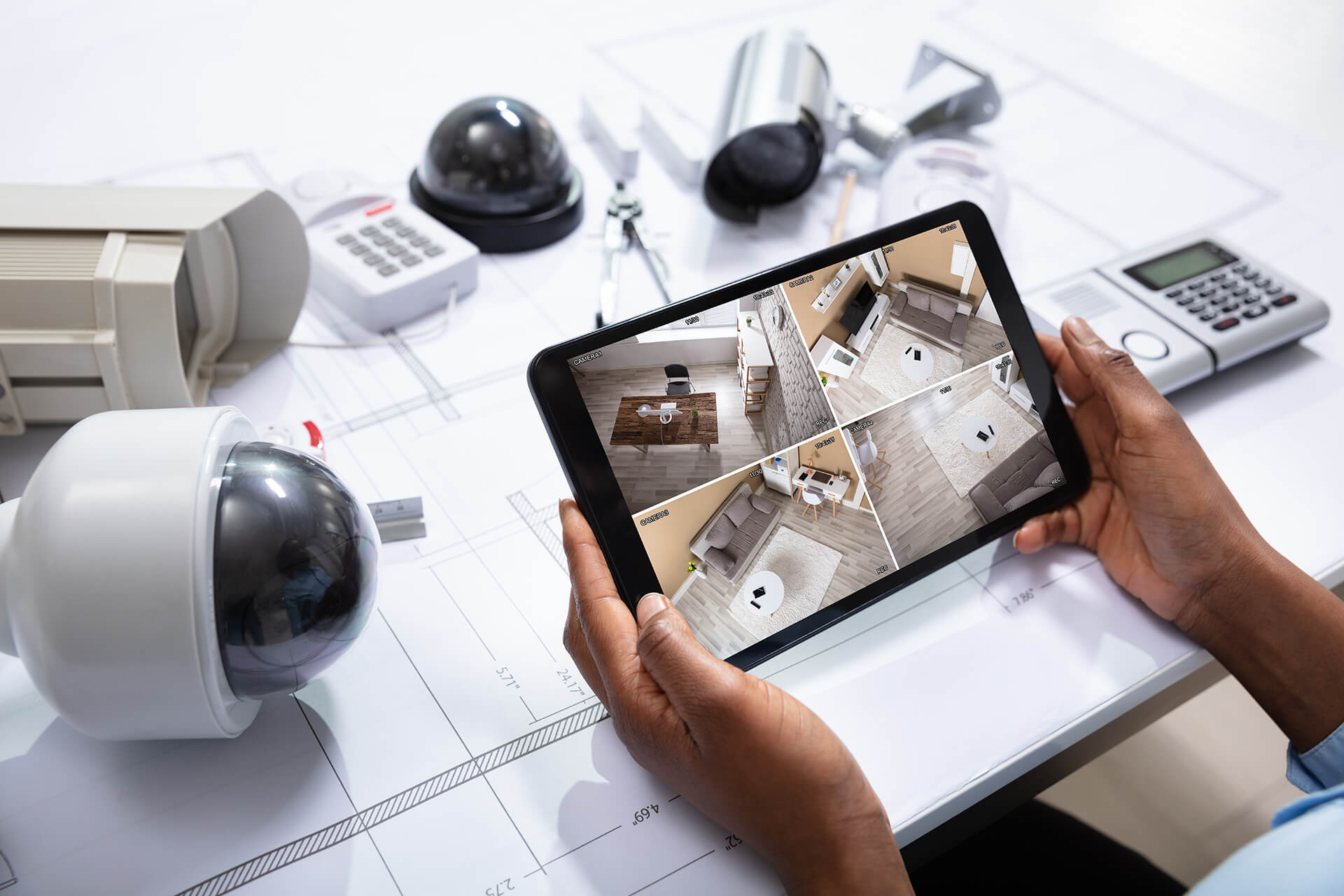

Home Security and Surveillance
What Is The Best Home Security Camera System
Modified: October 21, 2024
Discover the best home security camera system for ultimate surveillance and protection. Find top-rated products and expert tips on installing a reliable home security system.
(Many of the links in this article redirect to a specific reviewed product. Your purchase of these products through affiliate links helps to generate commission for Storables.com, at no extra cost. Learn more)
Introduction
Welcome to the world of home security and surveillance! Whether you’re a homeowner looking to protect your property or a concerned individual keeping an eye on your loved ones, investing in a reliable home security camera system is essential in today’s fast-paced, technology-driven world.
In this comprehensive guide, we will explore the ins and outs of home security camera systems, discussing the factors you should consider when choosing one, the top options available on the market, how to install and maintain these systems, and their integration with smart home technology. By the end, you will have all the knowledge you need to make an informed decision and keep your home safe and secure.
When selecting a home security camera system, there are several important factors to consider. First and foremost, you should think about your specific needs and goals. Are you looking to monitor the perimeter of your property, keep an eye on outdoor areas, or monitor indoor spaces? Understanding the areas you want to cover will help you determine the number and type of cameras you require.
Another crucial factor to consider is the resolution and image quality of the cameras. High-resolution cameras will provide you with clear and detailed footage, allowing you to easily identify any potential threats or suspicious activities. Additionally, consider the camera’s field of view, as wider angles can capture more of what’s happening in the surroundings.
It’s also important to think about the camera’s night vision capabilities. A good home security camera system should be able to provide clear footage even in low-light or no-light conditions. This is especially relevant for outdoor surveillance, where incidents are more likely to occur during nighttime hours.
Connectivity options and remote viewing capabilities are other factors to bear in mind. You may want to choose a system that allows you to access the live feed or recorded footage remotely through a smartphone or computer. This feature provides peace of mind and the ability to check in on your home from anywhere in the world.
Lastly, don’t forget about the storage and recording options. Look for a system that offers ample storage space, either through a built-in hard drive or cloud storage services. Consider how long you need to retain the footage and choose a system that meets your specific requirements.
In the next section, we will delve into the top 5 home security camera systems available in the market today. Stay tuned to find the perfect solution for your home security needs!
Key Takeaways:
- Choose a home security camera system based on your specific needs, such as indoor or outdoor use, resolution, night vision, and integration with smart home technology, to ensure optimal safety and peace of mind.
- Top-rated home security camera systems like Arlo Pro 3, Ring Stick Up Cam Battery, Nest Cam IQ Indoor, Lorex 4K Ultra HD IP Camera System, and Blink XT2 offer a range of features to cater to different requirements and budgets, providing reliable and user-friendly options for safeguarding your home.
Factors to Consider When Choosing a Home Security Camera System
Choosing the right home security camera system is crucial for ensuring the safety and protection of your property. With so many options available in the market, it can be overwhelming to make the right decision. Consider the following factors to help guide you in selecting the perfect home security camera system:
- Indoor or Outdoor Use: Determine whether you need cameras for indoor surveillance, outdoor monitoring, or both. Outdoor cameras should be weather-resistant and have features like vandal-proof housing to withstand harsh conditions.
- Camera Resolution: The resolution of the cameras determines the clarity of the footage. High-resolution cameras capture finer details, allowing you to identify objects and individuals more accurately. Look for cameras with at least 1080p resolution for optimal image quality.
- Field of View: The field of view refers to the area that a camera can capture. Cameras with a wider field of view enable you to monitor a larger area without needing multiple cameras. Consider the layout of your property and choose cameras with suitable viewing angles.
- Night Vision: To ensure round-the-clock surveillance, opt for cameras with infrared night vision capabilities. These cameras can capture clear footage even in low-light or no-light conditions, offering enhanced security during nighttime hours.
- Wireless Connectivity: Wireless cameras offer flexibility in terms of installation and placement. They eliminate the need for extensive wiring and allow for remote access to footage through your smartphone or computer. However, consider the range and reliability of the wireless connection before making a decision.
- Storage Options: Choose a system that offers sufficient storage capacity for storing recorded footage. Some systems include built-in hard drives, while others rely on cloud storage. Consider your recording needs and ensure that the system can handle the amount of data you plan to store.
- Integration with Smart Home Technology: If you have a smart home ecosystem in place, select cameras that integrate seamlessly with your existing system. This integration allows you to control and monitor your cameras through voice commands or a centralized smart home platform.
- Audio and Two-Way Communication: Some cameras come with built-in microphones and speakers, enabling you to hear and speak to individuals near the camera. This feature can be useful for communication purposes or to deter potential intruders.
- Additional Features: Consider any additional features you may require, such as motion detection, pan-tilt-zoom functionality, or the ability to set up alert notifications. These features can enhance the overall security and convenience of your home surveillance system.
By carefully evaluating these factors, you can identify the home security camera system that best suits your needs. Keep in mind that every property is unique, so it’s important to choose a system that meets your specific requirements for optimal safety and peace of mind.
Top 5 Home Security Camera Systems in the Market
When it comes to home security camera systems, there are several top-rated options available in the market that offer a combination of advanced features, reliable performance, and ease of use. Here are our top picks for home security camera systems:
- 1. Arlo Pro 3: The Arlo Pro 3 is a wireless, weather-resistant camera system that offers 2K video resolution and a wide 160-degree field of view. It features color night vision, two-way audio, and advanced motion detection. With its sleek design and simple installation, the Arlo Pro 3 is a top choice for both indoor and outdoor surveillance.
- 2. Ring Stick Up Cam Battery: The Ring Stick Up Cam Battery is a versatile camera system that can be used indoors or outdoors. It offers 1080p HD video, customizable motion detection, and two-way audio. This camera is powered by a removable battery, making it easy to install and move around as needed.
- 3. Nest Cam IQ Indoor: The Nest Cam IQ Indoor delivers exceptional video quality with its 4K sensor and HDR imaging. It features intelligent alerts, facial recognition, and a built-in Google Assistant for voice control. With its sleek and modern design, this camera blends seamlessly into any indoor environment.
- 4. Lorex 4K Ultra HD IP Camera System: The Lorex 4K Ultra HD IP Camera System offers superior resolution and image clarity with its 4K Ultra HD cameras. It includes a network video recorder for easy storage and remote access to live footage. This system is ideal for users who require professional-grade surveillance capabilities.
- 5. Blink XT2 Outdoor/Indoor Smart Security Camera: The Blink XT2 is a budget-friendly camera system that offers both indoor and outdoor surveillance options. It provides 1080p HD video, motion detection, and two-way audio. The unique feature of this system is its impressive battery life, lasting up to two years on a single set of AA batteries.
These camera systems have proven to be reliable, feature-rich, and user-friendly, making them top choices for ensuring the security of your home. Consider your specific requirements, such as the area you need to cover, desired resolution, and any additional features you may need, to select the best system for your needs.
In the next section, we will compare the features and specifications of these home security camera systems, allowing you to make an informed decision based on your preferences.
Comparison of Features and Specifications
When it comes to choosing a home security camera system, comparing the features and specifications is essential to find the best fit for your needs. Let’s take a closer look at the key features and specifications of the top 5 camera systems mentioned earlier:
- Arlo Pro 3:
- Video Resolution: 2K
- Field of View: 160 degrees
- Night Vision: Color
- Audio: Two-way
- Power Source: Rechargeable battery or wired
- Additional Features: Advanced motion detection, weather-resistant
- Ring Stick Up Cam Battery:
- Video Resolution: 1080p HD
- Field of View: 130 degrees
- Night Vision: Black and white
- Audio: Two-way
- Power Source: Rechargeable battery
- Additional Features: Customizable motion detection, works with Ring ecosystem
- Nest Cam IQ Indoor:
- Video Resolution: 4K
- Field of View: 130 degrees
- Night Vision: Black and white
- Audio: Two-way
- Power Source: Wired
- Additional Features: Facial recognition, works with Google Assistant
- Lorex 4K Ultra HD IP Camera System:
- Video Resolution: 4K Ultra HD
- Field of View: Varies on camera model
- Night Vision: Color or black and white
- Audio: Varies on camera model
- Power Source: Wired
- Additional Features: Network video recorder, remote access
- Blink XT2 Outdoor/Indoor Smart Security Camera:
- Video Resolution: 1080p HD
- Field of View: 110 degrees
- Night Vision: Black and white
- Audio: Two-way
- Power Source: Battery
- Additional Features: Long battery life, customizable motion detection
By comparing these features and specifications, you can better understand the capabilities and limitations of each camera system. Consider your specific requirements and preferences, such as resolution, field of view, power source, and additional features, to determine which system aligns best with your needs. It’s also important to consider factors like budget, ease of installation, and customer reviews when making your decision.
Keep in mind that these specifications are subject to change as new models are released. So, always double-check the latest specifications provided by the manufacturers before making a purchase.
In the next section, we will guide you through the installation and setup of your home security camera system to ensure smooth implementation and operation.
When choosing a home security camera system, look for one with high resolution, night vision, motion detection, and easy remote access. It’s also important to consider the storage options for recorded footage.
Installation and Setup Guide
Setting up your home security camera system properly is crucial to ensure it functions optimally and provides the desired level of security. Here is a step-by-step installation and setup guide to help you get started:
- Plan Camera Placement: Determine the areas you want to monitor and plan the optimal placement for your cameras. Consider factors like the field of view, coverage area, and installation requirements.
- Mounting the Cameras: Follow the manufacturer’s instructions to mount the cameras securely. Ensure that the cameras are placed at the desired angles and heights, and test the view to confirm that it covers the intended area.
- Power Source: Connect the cameras to their respective power sources. This may involve plugging them into power outlets or wiring them to a power supply. Be sure to choose a power source that fits the specific requirements of your cameras.
- Connect Cameras to the Network: If you are using wireless cameras, follow the manufacturer’s instructions to connect them to your Wi-Fi network. This typically involves using a mobile app or a software interface provided by the camera manufacturer. Make sure the cameras are connected to a stable and secure network.
- Set Up Video Recording: If your camera system includes a network video recorder (NVR), follow the instructions to set it up. Connect it to your network and configure the recording settings, such as motion detection, continuous recording, or scheduled recording.
- Configure Camera Settings: Access the camera settings through the manufacturer’s provided software or mobile app. Set preferences for resolution, video quality, motion detection sensitivity, and any other adjustable options. Customize these settings according to your specific needs.
- Test the System: Once everything is set up, test the system’s functionality by checking the camera feeds, recording capabilities, and remote access features. Make sure all cameras are capturing clear footage and covering the desired areas.
- Secure Your System: Implement security measures to protect your camera system from unauthorized access. Set up strong passwords for your system, enable two-factor authentication if available, and regularly update firmware to ensure optimal security.
It’s important to note that each camera system may have specific setup instructions, so refer to the manufacturer’s documentation for detailed guidance. If you encounter any difficulties during the installation process, reach out to the manufacturer’s customer support for assistance.
Once your home security camera system is installed and set up, it’s essential to regularly maintain and troubleshoot it to ensure continued performance and reliability. The next section will provide you with valuable tips on maintaining and troubleshooting your home security camera system.
Read more: What Is The Best Wireless Security Camera
How to Maintain and Troubleshoot Your Home Security Camera System
Maintaining and troubleshooting your home security camera system is essential to ensure its optimal performance and longevity. Here are some important tips to help you maintain and troubleshoot your system:
- Regular Cleaning: Clean the cameras regularly to remove dust, dirt, and debris that can affect their image quality. Use a soft, lint-free cloth to wipe the camera lens and housing gently. Avoid using harsh chemicals or abrasive materials that could damage the camera’s surface.
- Check Camera Positioning: Periodically check the cameras’ positioning to ensure they have not been tampered with or moved inadvertently. Verify that they still provide the desired coverage and adjust as necessary.
- Review Footage: Regularly review the recorded footage to ensure that the cameras are capturing clear and relevant information. This will help you identify any performance issues or blind spots in your surveillance coverage.
- Monitor Camera Connections: Check the cables, connectors, and power sources regularly to ensure they are securely connected. Loose or damaged connections can cause signal issues or loss of power to the cameras.
- Update Firmware: Manufacturers often release firmware updates to improve camera performance and address security vulnerabilities. Regularly check for firmware updates and install them as recommended by the manufacturer.
- Test Motion Detection: Periodically test the motion detection feature of your cameras to ensure it is functioning correctly. Walk through the monitored areas and make sure the cameras detect your movement and trigger the desired actions, such as recording or sending alerts.
- Reset and Reconfigure: If you encounter persistent issues with your camera system, resetting and reconfiguring the cameras can often resolve the problem. Follow the manufacturer’s instructions to reset the cameras to their default settings and then set them up again.
- Consult Manufacturer Support: If you experience ongoing technical difficulties with your camera system or need assistance, reach out to the manufacturer’s customer support. They can provide troubleshooting tips specific to your system and help resolve any issues you may be facing.
By following these maintenance steps and troubleshooting techniques, you can ensure that your home security camera system continues to operate effectively. Remember to refer to the manufacturer’s documentation for system-specific guidelines and support.
Integration with smart home technology can further enhance the functionality and convenience of your home security camera system. In the next section, we will explore the benefits of integrating your system with smart home technology.
Integration with Smart Home Technology
Integrating your home security camera system with smart home technology can significantly enhance the functionality and convenience of your surveillance system. By connecting your cameras with a smart home ecosystem, you can enjoy a seamless and integrated experience. Here are the benefits of integrating your home security camera system with smart home technology:
- Centralized Control: Integrating your cameras with a smart home hub or platform allows you to control and monitor your cameras from a single interface. Whether it’s through a smartphone app or voice commands, you can easily access live feeds, review recorded footage, and adjust camera settings effortlessly.
- Automated Actions: Smart home integration enables you to create automation routines or scenarios that involve your security cameras. For example, when you leave home, you can set your cameras to automatically arm themselves and begin recording. This automation provides an added layer of security and convenience.
- Enhanced Notifications: Integrating your cameras with smart home technology allows you to receive intelligent notifications. Instead of simply receiving motion alerts, you can receive tailored notifications based on specific events or person detection. This helps filter out unnecessary alerts and provides more relevant and actionable information.
- Voice Control: If your smart home ecosystem supports voice assistants like Amazon Alexa or Google Assistant, you can control your cameras using voice commands. This hands-free control allows you to quickly check camera feeds, adjust settings, or even play recorded footage on compatible smart displays.
- Integration with Other Devices: Integrating your security cameras with smart home technology opens up possibilities for integration with other devices. For example, you can link your cameras with smart lights or sirens to create a more comprehensive security system. When motion is detected, the lights can automatically turn on or the siren can sound to deter potential intruders.
- Remote Access: Connecting your cameras to a smart home hub or platform enables remote access to your camera feeds. Whether you’re at work, on vacation, or anywhere else, you can use a mobile app or web interface to view live footage, playback recorded videos, and receive alerts. This remote access provides peace of mind and allows you to stay connected to your home’s security at all times.
When considering smart home integration, ensure that your home security camera system is compatible with the smart home ecosystem you plan to use. Check for compatibility with popular platforms like Amazon Alexa, Google Assistant, or Apple HomeKit.
By integrating your home security camera system with smart home technology, you can create a comprehensive and personalized security solution. The convenience, control, and automation offered by smart home integration take your home security to the next level.
After considering all the factors, comparing the options, and setting up your home security camera system, you can now enjoy a heightened sense of security and peace of mind. Remember to regularly maintain and troubleshoot your system to ensure its optimal performance. With advanced technology at your fingertips, you can confidently protect your home and loved ones.
If you need more assistance or have any questions, feel free to reach out to the manufacturer’s customer support or consult with a professional in the field. Stay safe!
Conclusion
Investing in a reliable home security camera system is essential in today’s world where safety and surveillance are paramount. By thoroughly considering the factors discussed, comparing the top options available, and properly installing and maintaining your system, you can ensure the security and protection of your home and loved ones.
When choosing a home security camera system, factors such as indoor or outdoor use, camera resolution, field of view, night vision capabilities, wireless connectivity, storage options, and integration with smart home technology should all be taken into account. These factors will help you select a system that best suits your specific needs and preferences.
The top 5 home security camera systems listed, including Arlo Pro 3, Ring Stick Up Cam Battery, Nest Cam IQ Indoor, Lorex 4K Ultra HD IP Camera System, and Blink XT2 Outdoor/Indoor Smart Security Camera, offer a range of features and specifications to cater to different requirements and budgets.
Proper installation and setup of your home security camera system are crucial. Follow the steps outlined in the installation and setup guide to ensure optimal performance. Regular maintenance, such as cleaning the cameras, checking camera positioning, and firmware updates, is important to keep your system running smoothly.
Integrating your home security camera system with smart home technology provides centralized control, automated actions, enhanced notifications, voice control, integration with other devices, and remote access. This integration takes your home security to the next level by providing convenience, flexibility, and advanced features.
In conclusion, by choosing the right home security camera system, installing it properly, maintaining it regularly, and integrating it with smart home technology, you can ensure the safety and security of your home. Remember to consult with the camera system’s manufacturer, seek professional assistance if needed, and stay updated on the latest advancements in the field. Stay vigilant and enjoy the peace of mind that comes with a well-protected home.
Frequently Asked Questions about What Is The Best Home Security Camera System
Was this page helpful?
At Storables.com, we guarantee accurate and reliable information. Our content, validated by Expert Board Contributors, is crafted following stringent Editorial Policies. We're committed to providing you with well-researched, expert-backed insights for all your informational needs.
